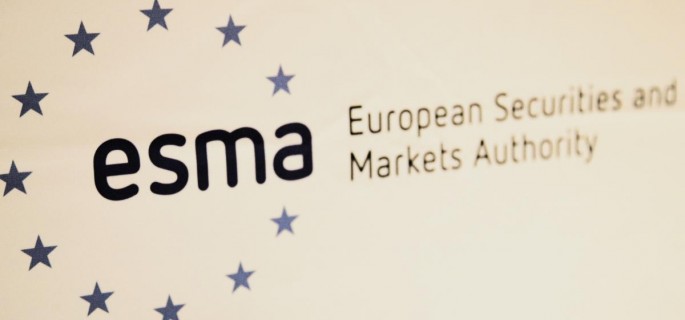ESMA published details of its action plan for systematic internaliser regime calculations

The European Securities and Markets Authority (ESMA) has published details of its action plan (within its updated Q&As on MiFID II and MiFIR transparency topics) for systematic internaliser (SI) regime calculations ahead of their publication on 1 August 2018. ESMA’s action plan focuses on equity, equity-like instruments and bonds while postponing the publication for derivatives and other instruments to 1 February 2019.
ESMA was required to amend its original action plan as data completeness for the various asset classes had not reached adequate levels when ESMA conducted its completeness analyses. Given the complexity and size of the task, ESMA then decided to focus on improving completeness for a select number of asset classes while postponing the publication for others.
The updated implementation schedule means ESMA will publish the necessary EU wide data, for the first time by:
- 1 August 2018 – covering a period from 3 January 2018 to 30 June 2018 for equity, equity-like and bond instruments. Investment firms will then have to perform their first assessment and, where appropriate, comply with the SI obligations by 1 September 2018.
- 1 February 2019 – covering a period from 1 July 2018 to 31 December 2018 for ETCs, ETNs, SFPs, securitised derivatives, emission allowances and derivatives. SI’s will have to eventually comply with the obligations from 1 March 2019.
ESMA will publish results only if trading venues have submitted data for at least 95% of all trading days and will not trigger publication if the quality of the data received for an instrument is not considered sufficient. The data publications will also incorporate OTC trading to the extent it has been reported to ESMA.
Following this, ESMA publications will be updated on a quarterly basis in respect of a rolling six months assessment period and investment firms are expected to self-assess and comply after a reduced two week period. ESMA notes that for the SI calculations having a high level of completeness in the reported information is crucial.
ESMA’s updated Q&As on MiFID II and MiFIR transparency topics also provides clarification on the following topics:
- Reporting of a new ISIN in FIRDS and FITRS following a corporate action; and
- Application of the DVC to instruments that have been subject to a corporate action.
Next steps
In order to reach comprehensive results ahead of publication on August 1, additional work is required by ESMA, NCAs and trading venues. To achieve a high completeness ratio allowing results to be published for a high number of instruments, ESMA has performed a first completeness check of the data available in the system for the period 3 January to 1 June 2018 at the beginning of June. Based on this work, ESMA has liaised with NCAs and trading venues to increase the completeness rate as quickly as possible.
Background
The SI regime requires investment firms to assess whether they are SIs in a specific instrument (for equity, bonds, ETCs and ETNs and SFPs) or for a (sub-) class of instruments (for derivatives, securitised derivatives and emission allowances) on a quarterly basis based on data from the previous six months. For each specific instrument/sub-class, an investment firm is required to compare the trading it undertakes on its own account compared to the total volume and number of transactions executed in the European Union (EU). If the investment firm exceeds the relative thresholds determined in the Commission Delegated Regulation (EU) No 2017/565 it will be deemed an SI and will have to fulfil the SI-specific obligations. ESMA decided to compute the total volume and number of transactions executed in the EU in order to help market participants as that data is essential for the operation of the SI regime and is not otherwise easily available.
Source: ESMA

























